The good, the bad and the dilapidated as Historic England release the latest 'At Risk' Register for 2023
A total of 159 sites have been added — and 203 sites removed — in a year that marks the 25th anniversary of Historic England’s Heritage at Risk Register. Jck Watkins reports on the latest.


First launched in 1998, originally as the Buildings at Risk Register, it was administered by English Heritage before some of its functions were transferred to the newly created Historic England in 2015.
This is a relatively short period in the story of State involvement in heritage protection: the first Ancient Monuments Protection Act was passed in 1882, although its ‘schedule’ essentially applied to prehistoric sites, before a further Act of 1900 extended the schedule to allow the inclusion of Romano-British and medieval monuments.
The listing of buildings of special historic interest was established via the Town and Country Planning Acts of 1944 and 1947, but, by the end of the 20th century, the number of listed or scheduled sites was approaching an unwieldy 350,000. The At Risk Register was subsequently established to provide a sharper point of focus and, according to Historic England’s CEO Duncan Wilson, ‘to shine a light on historic sites most in need of funding and help’.
Historic England says some 6,800 entries have been removed over 25 years, equating to about 75% of those on the original list. One of those is Cresswell Tower, Northumberland, an early entrant that was recently deemed saved and removed from the Register. It is recognised as an unusually complete example of a pele tower (or tower house), says Barry Mead, archaeologist and local historian. Defensive strongholds were built by nobility below the castle-owning rank between 1350 and 1600 to serve as retreats from the lawless clans on either side of the England-Scotland border; about 175 of these miniature castles were built in Northumberland, but most are now lost or in a state of ruin.
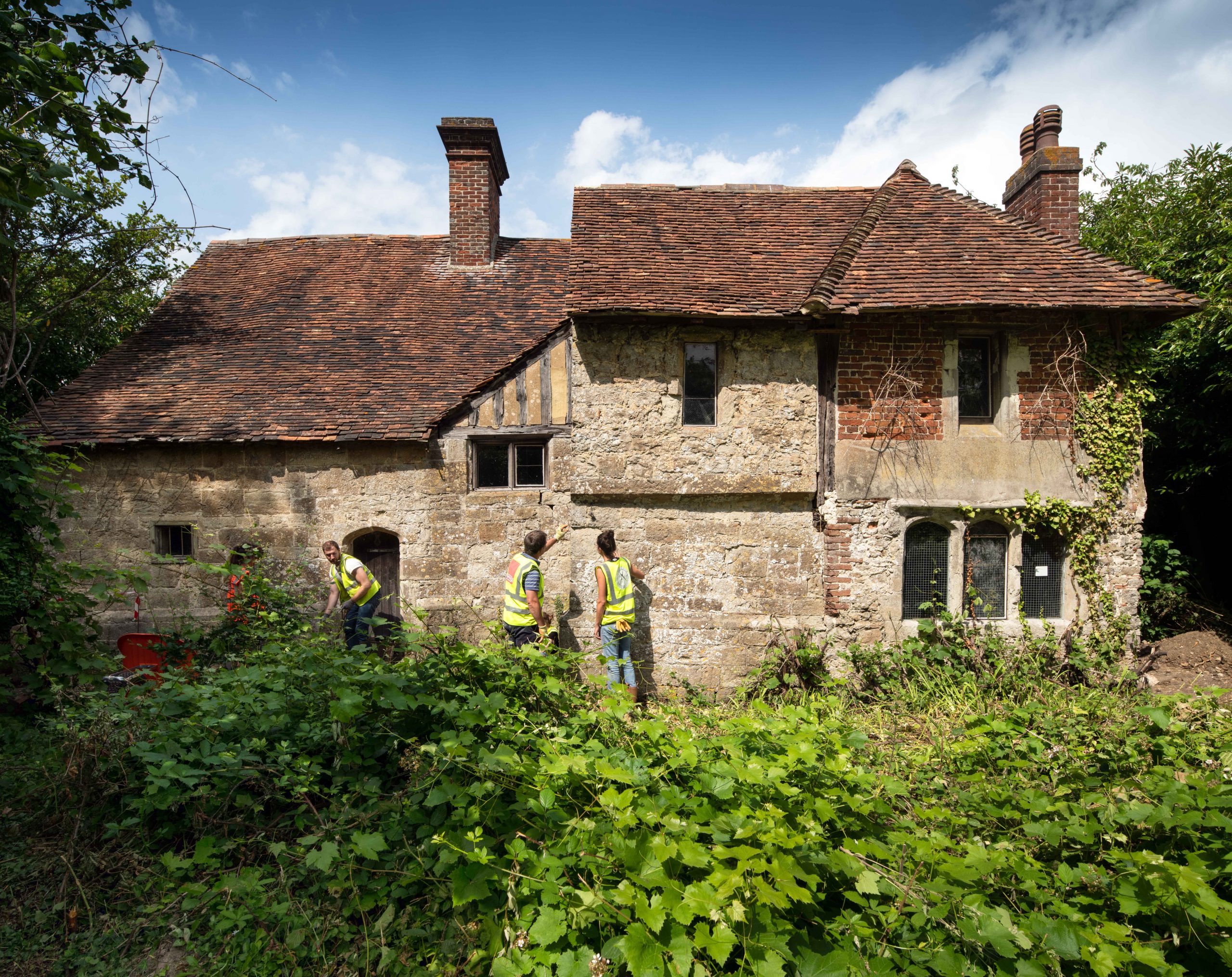
Cresswell Tower may have later been kept as a folly in the landscaped grounds of Cresswell Hall, built by the Cresswells in the 1820s (demolished in the 1930s). Mr Mead says: ‘A visit by an Ordnance Survey inspector in 1954 noted that the tower was still roofed and in excellent condition. But, a decade later, it was a roofless ruin and badly vandalised. In 2014, Parkdean Resorts, which owns the tower, began discussions with Cresswell Parish Council about restoring it. A separate charity was established and, after a two-year programme of works was undertaken, the tower opened as a small museum in 2021.’
Mr Mead reveals inclusion on the At Risk Register was a key lever in the campaign to save the structure. ‘Your building only gets on the Register if it is in particularly bad shape. This, combined with the fact that Cresswell Tower was scheduled and listed Grade II*, putting it in the top 20% of historic buildings in England, really strengthened our case when applying to the National Heritage Lottery and other funders. Although there are a number of ruinous towers that are accessible to the public, Cresswell, together with Preston Tower and the Vicar’s Pele at Corbridge, now a micro bar, are the best three examples of restored publicly accessible pele towers in the county.’ Mr Mead says the work is continuing, with the 200-year-old kitchen garden next to the tower now being transformed into a community garden thanks to further Lottery funding, with the intention of opening to the public in the spring.
The first Register included plenty of decaying cinemas, but the Electric Palace, Harwich, Essex, wasn’t one of them. In fact, two years later, when English Heritage ran a campaign to raise the profile of the nation’s ageing picture palaces, it was cited in the campaign publicity literature as ‘a particularly charming and little altered example of an early purpose-built cinema’ and it soon became one of the first cinemas to be listed.
Exquisite houses, the beauty of Nature, and how to get the most from your life, straight to your inbox.
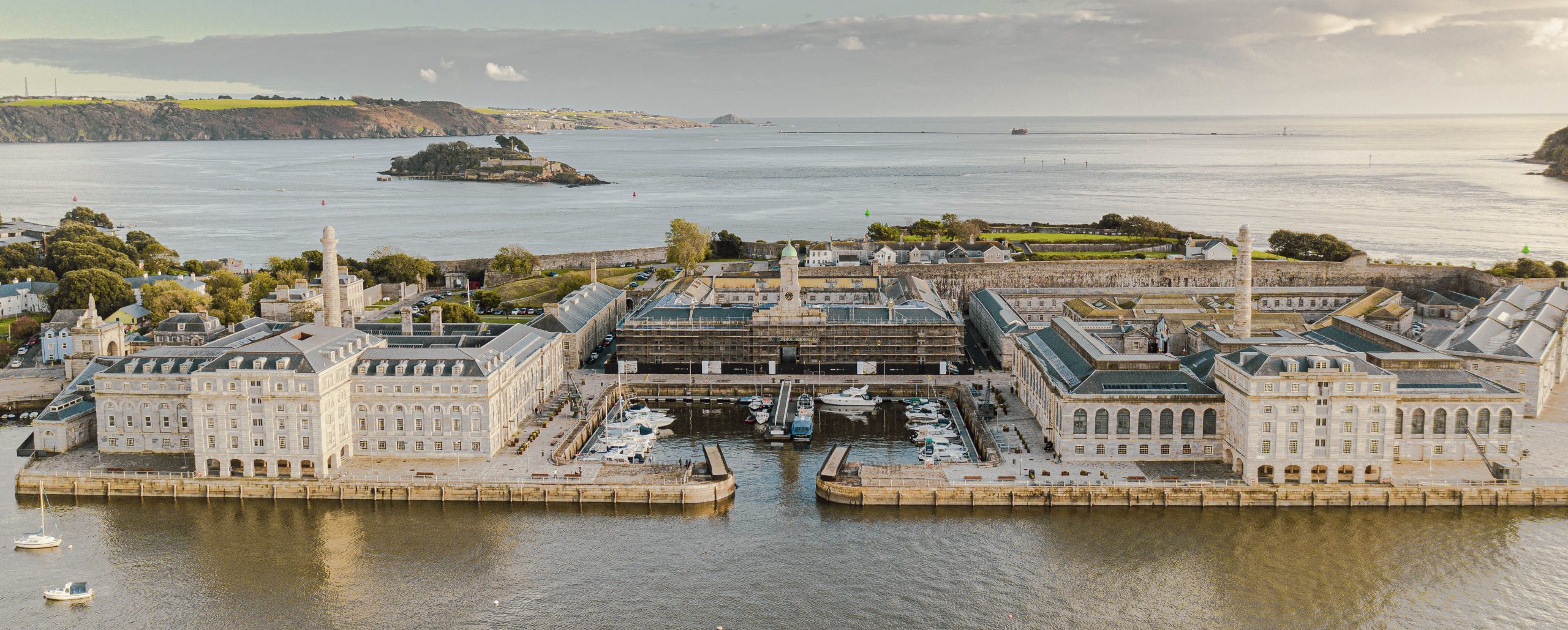
The Essex cinema had closed in 1956 before being saved from demolition in 1972 and reopening in 1981, run by a trust as a community cinema. However, the urgent need to repair its ornate plaster ceiling forced its closure once more in 2019. The subsequent discovery of asbestos pushed project costs above £600,000, way beyond the original allocation from the National Heritage Lottery Fund. ‘With the roof having already been removed and no funding secured, the future of the Electric was seriously under threat,’ says operations manager Michael Offord. ‘Fortunately, Historic England immediately saw the gravity of the situation and put the cinema on the Register, which unlocked funding to enable the asbestos to be removed and allow the original work to resume.’
Mr Offord says the public attention drawn to the project helped them raise more money through crowdfunding. ‘In the year after reopening in 2021, audience figures greatly exceeded those that were typical before closure. The works programme has really helped us put a focus on the building and its significance, as well as interest in our wider programme, which includes silent-film screenings.’
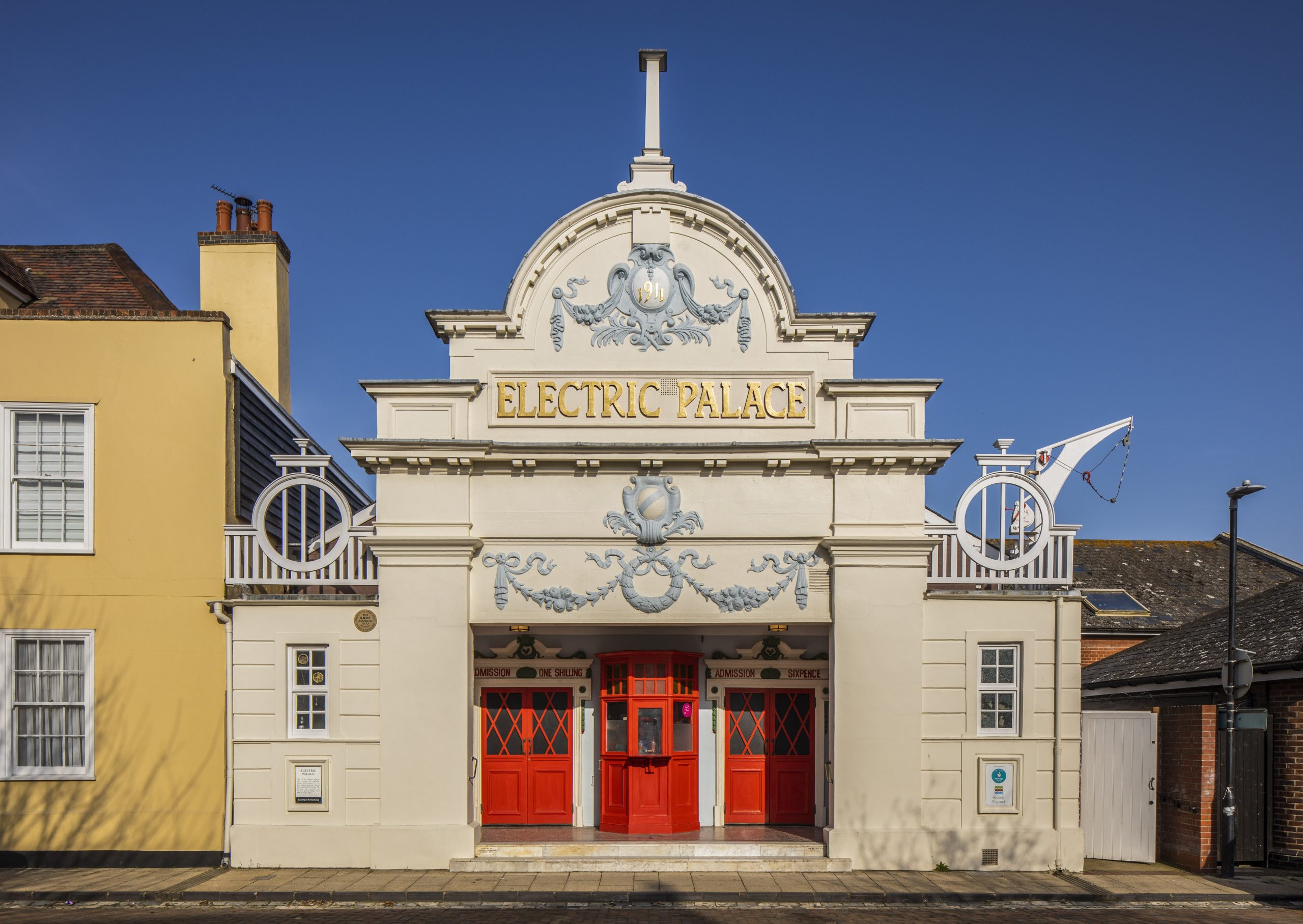
A historically significant important site that was also recently removed from the Register is the former Royal Arsenal at Woolwich, London SE18. It has been an area of conservation concern for several decades, following the end of ammunitions manufacture for the Armed Forces in 1967 and the final departure of the Ministry of Defence in 1994. The recent conversion of the Fireworks Factory, as it is now known, into a performance and events space was the last in a line of heritage-led redevelopments of the site’s multiple listed buildings.
By contrast, Birnbeck Pier, WestonSuper-Mare, Somerset — a fixture on the list since 1998 — remains at risk. However, salvation is within sight after North Somerset Council acquired it this summer. Listed Grade II*, Birnbeck is the only British pier linked to an island and, for years, was a Royal National Lifeboat Institution (RNLI) base.
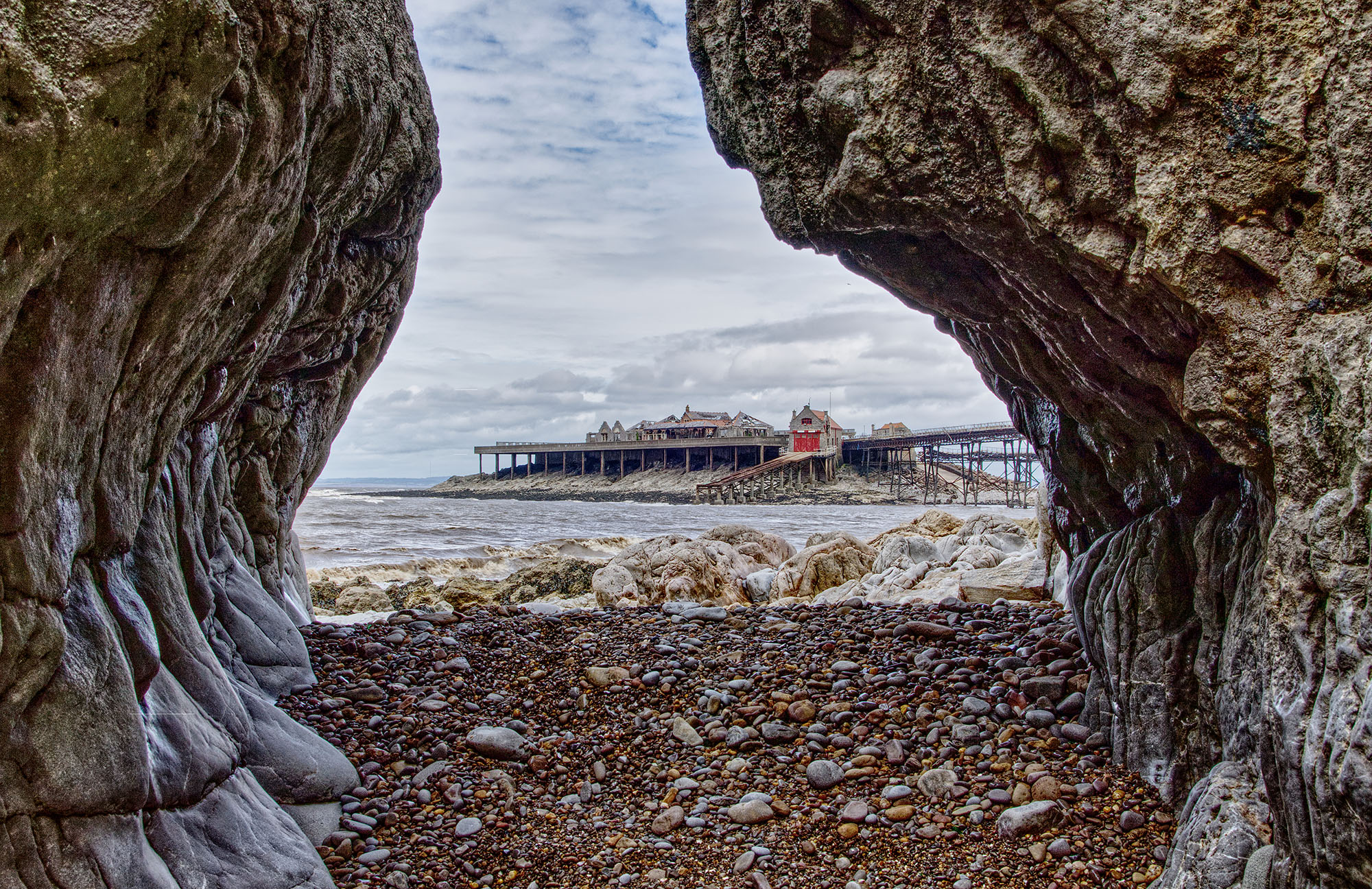
Considered the best-surviving example of the work of the Victorian master pier builder Eugenius Birch since the loss of his Brighton West Pier, Birnbeck was closed on safety grounds in 1994.
John Ette, Historic England Partnerships’ team leader for the South-West, says that, although much of the original pier (opened 1867) survives, it is deteriorating rapidly and is at risk of complete loss.
‘We are working with North Somerset Council, the RNLI, National Heritage Memorial Fund and National Lottery Heritage Fund to save as much of the original structure as possible, including its most innovative, important features, such as the original cast-iron pile columns,' he says.
'A rebuilt deck will also be needed to allow access again to the lifeboat stations and island. Nearly £20 million in funding has been pledged to help save the pier.’
Preliminary works to shore up Birnbeck Pier are due to start next year and the restoration project from 2025–26.
For more information about the heritage at risk and how to help, visit www.historicengland.org.uk
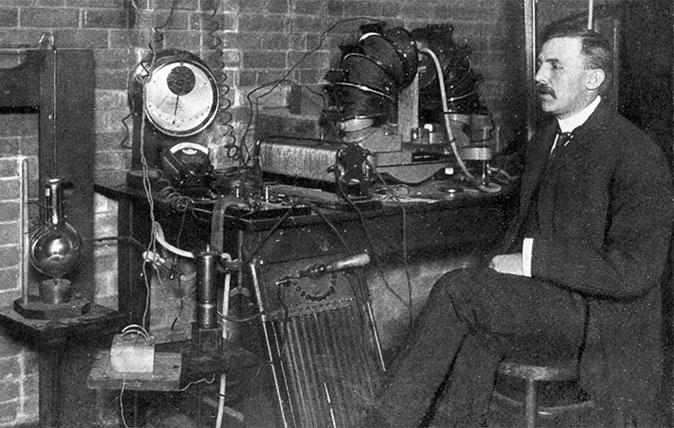
Credit: Historic England
Quiz: How much do you know about great British inventions?
Many of the great discoveries made in Britain are almost unknown among the British public – how many do you
Jack Watkins has written on conservation and Nature for The Independent, The Guardian and The Daily Telegraph. He also writes about lost London, history, ghosts — and on early rock 'n' roll, soul and the neglected art of crooning for various music magazines
